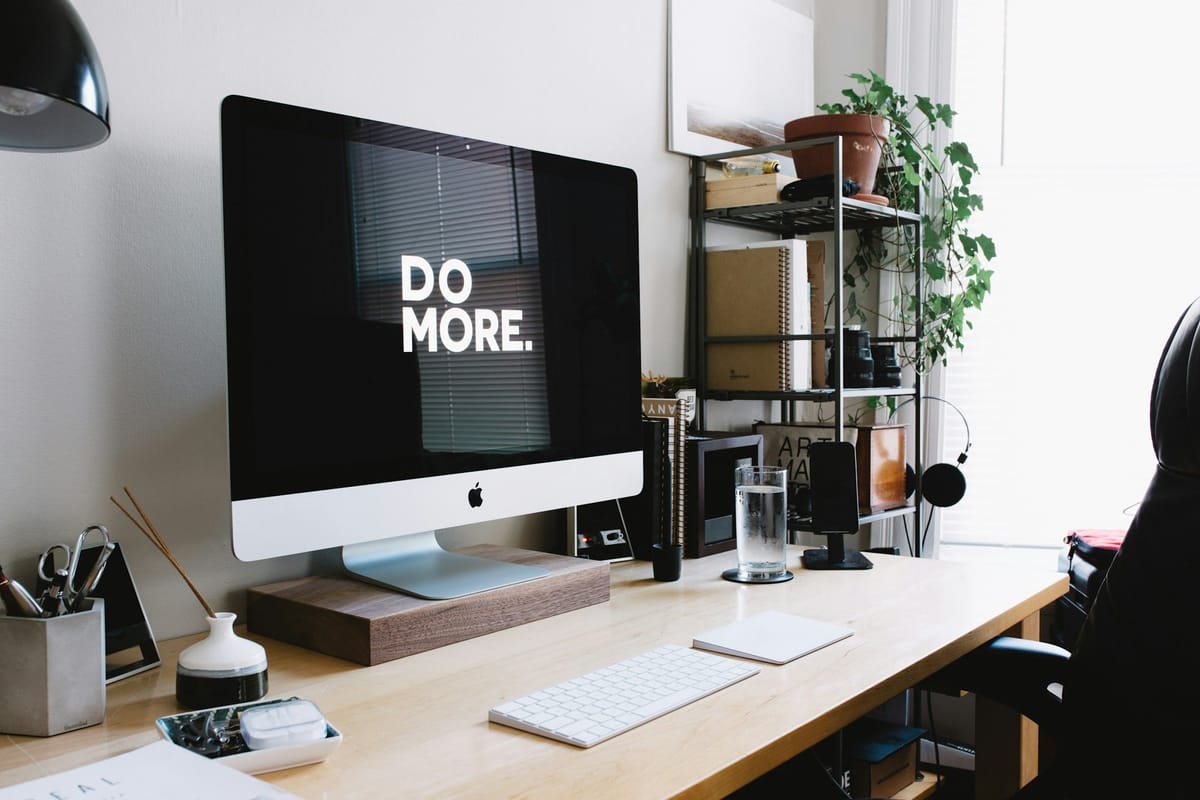Lately, I’ve been spending a lot of time on LinkedIn, especially these last few months as I continue my job search. One of the images that I’ve seen posted and commented on most frequently, particularly as everyone has shifted to working from home, is the one below, and it got me thinking: what does productivity look like?

For a long time, I personally fell into the first circle. I believed that consistently working hard would make me productive, and on paper, it made sense: the more work I did, the more productive I was.
However, my thoughts on what productivity looks like have begun to shift as of late and I’ve spent a lot of time thinking about how we can quantify productivity into a few categories.
Working
Working is, of course, very productive. Recently, I wrote about the five things that help me focus and avoid procrastination, and in that, I mentioned the state of flow, which is as positive psychologists Mihaly Csikszentmihalyi and Jeanne Nakamura describe, “a feeling where, under the right conditions, you become fully immersed in whatever you are doing.”
It usually takes me a while to get into the state of flow, but when I’m in it, I don’t want to leave, and in the past this meant working longer hours and taking fewer breaks throughout the day. While it certainly lead me to feeling more productive and being able to check a few additional items off my to-do list, it wasn’t sustainable in the long-term, and lead me to feeling completely burnt out. Twice.
So, as counter-intuitive as it may seem, simply working at a break-neck pace will eventually result in diminishing returns. Sure, you can absolutely stay up and work until midnight every single day, but at some point, the lack of proper rest will catch up to you.
Which leads me to the second category:
Rest
It’s so easy to ignore the signals your body is sending you and push forward with your work, completely oblivious to the damage that you’re doing to your overall mental and physical heath, and long-term productivity.
One of the things that I’ve realizes recently is that progress in what I’m doing can take weeks, months, and even years, depending on the scope of the project. With that in mind, working until I physically can’t anymore won’t get me any further than if I were to build in periods of rest into my schedule.
For me, I’ve begun by breaking down my schedule into the daily and the weekly.
With the daily, I have a set start and finish time. I find that I’m the most productive between 10am and 6pm. Before and after these “operating” hours, I focus on other things, such as studying, cooking, or going for walks. Throughout the day, I’ve also started batching my tasks using the 20+2 method, where I work for 20 minutes uninterrupted, and then take a 2 minute break to stand up and stretch from my desk. My girlfriend started doing this when studying for one of our exams, and I’ve found that by incorporating it into my own schedule and focusing on one specific task for 20 minutes at a time, I’ve become more productive.
For the weekly, I try and respect the fact that the weekend is the weekend. This is the time to spend with myself and my family, and not think about the emails piling up in my inbox. This is completely different from how I used to operate even a year ago, when I would constantly be checking in with my work group chat to see what was going on. Even now, it’s so easy for me to slip back into those old habits of, “I’m just going to check a few emails on Sunday night,” but if I’m not careful, it can quickly turn into me working seven days a week. As someone who’s familiar with the feeling of being burned out, I value the time to recharge each week more than ever.
And if you have the luxury, you can even extend this into the monthly, where you try and take a single 4+ day break from the home and work environments once a month. Not everyone can do this on a regular basis, and with the current global pandemic, it’s become an even more difficult thing to do. However, even taking a single 4+ day break once every two months as a staycation can be exactly what you need to do in order to properly rest and get back to work stronger and more focused.
One thing I noticed for myself and keep coming back to as an example is back in 2016, I did a road-trip across Canada with my girlfriend and best friend. Over those 26 days, I completely shut off, trying to take in the sights, sounds, and smells all around me. By the time that trip was over, I was itching to get back to work with a renewed sense of ambition.
Now that I’m working from home, I’m noticing that the days I work straight through without a break, or as many breaks as I should be taking to properly recharge, I’m far more tired the next day, resulting in a greater loss in overall productivity. I think the best piece of advice I ever received when it comes to this is to remember that your career is a marathon, not a sprint. In order to be successful in the long run, it’s important to pace yourself. Taking time out of your day, week, and month to take care of yourself is just as important as it is to focus on your work, and knowing when to do both is even more important.
“Patience and persistence are the two key elements for long lasting change. Don’t let your ambition and urgency for progress get in the way of your happiness.”
— Matt D'Avella



Member discussion: